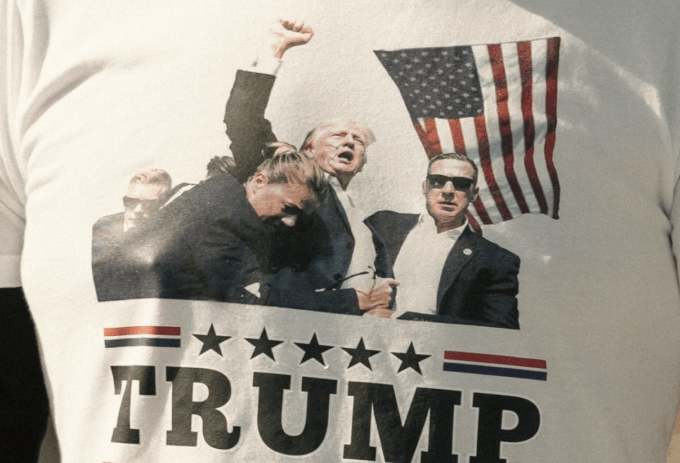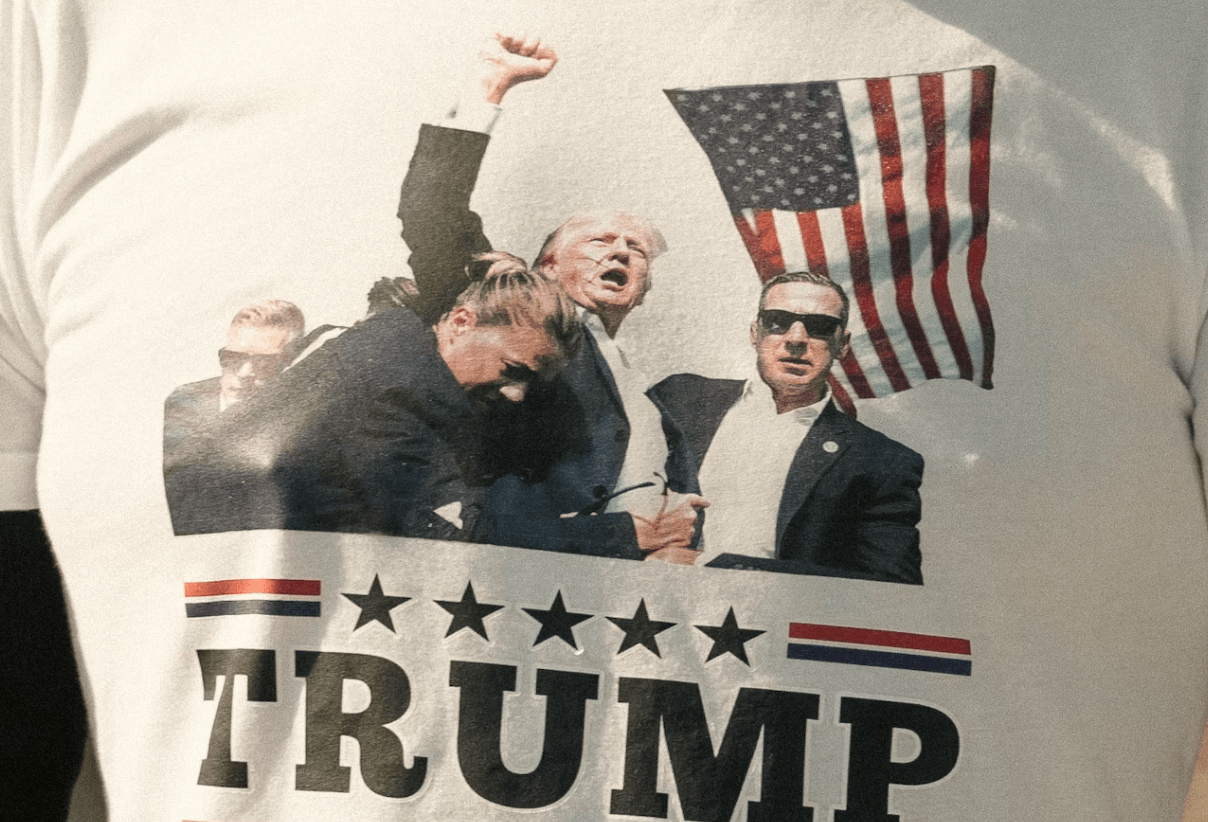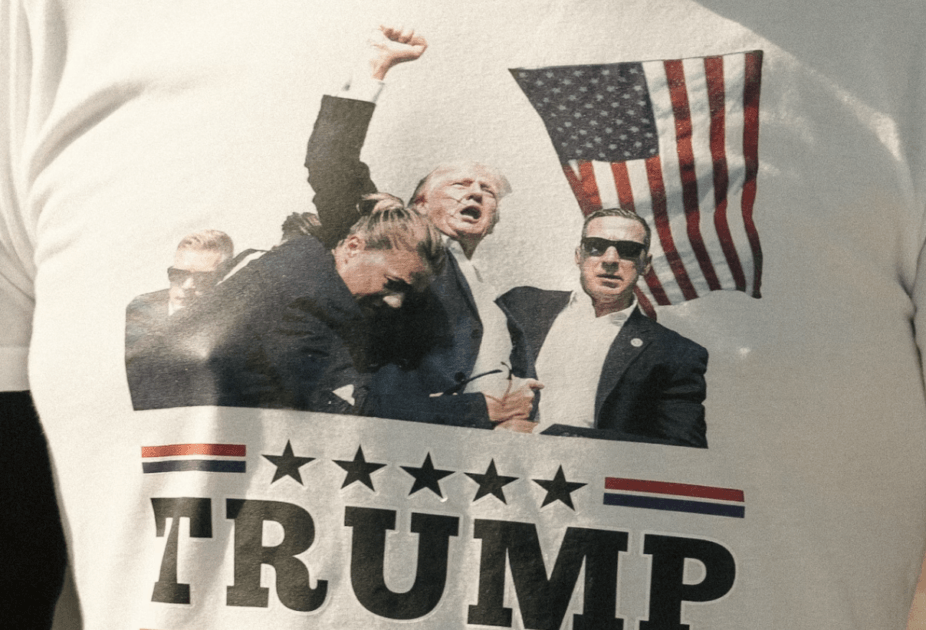






























































Photo by Jon Matthews
Conservative economists have been treating the 18th-century Scottish philosopher Adam Smith as their “free market” hero for quite some time now. But in his own time, as Steve Wamhoff of the progressive Institute on Taxation and Economic Policy recently noted, Smith took positions that today’s free-marketeers regularly gag on.
Smith, for instance, felt strongly that the richest among us, folks awash in “luxuries and vanities,” should bear a much greater tax burden than our poorest. Our rich, he declared, “should contribute to the public expense, not only in proportion to their revenue, but something more than in that proportion.” Our contemporary shorthand for that sentiment: Tax the rich!
Here in the United States, we actually did just that in the middle of the 20th century, under both Democratic and Republican presidents. One example: In the 1950s, through both of Republican Dwight Eisenhower’s two terms, America’s wealthiest kingpins faced a 91 percent tax rate on individual income over $200,000, the equivalent of about $2.3 million today.
Today’s top-bracket tax rate? Just 37 percent — and precious few rich pay taxes at anywhere near that rate. Our current federal tax code abounds with loopholes and gimmicks that have billionaires paying taxes at lower annual rates than average American households.
Our last president, Joe Biden, actually moved to end such outrages. His administration seriously invested in the Internal Revenue Service, bringing on board experts who knew all the tricks the rich — and the corporations they run — like to play at tax time.
The offices of those IRS experts are now emptying out. Republicans in Congress have “clawed back” half the $80 million in new funding that the 2022 Inflation Reduction Act awarded America’s chronically underfunded tax-collection agency.
The new Trump administration, meanwhile, came into power initially aiming for an overall 18-percent shearing of the IRS workforce. The DOGE boys, Bloomberg Tax has just reported, are now aiming for “reductions in force” that may rise up to 25 percent of the IRS staff or even higher.
Two IRS offices appear to be bearing the heaviest Trumpista hits. The IRS Office of Civil Rights and Compliance — a unit once called the Office of Equity, Diversity and Inclusion — has lost 80 percent of its 200 staffers.
Another IRS office on the DOGE hit list, the agency’s Global High Wealth unit, had 353 staffers working to make sure our super rich were paying their fair tax share under Biden. By late March, after just over two months of Trump II, that staffing had sunk to just 220.
The unit’s departing — against their will — tax professionals found themselves having to leave behind, an International Consortium of Investigative Journalists analysis points out, “unfinished audits of ultrawealthy individuals.”
“We don’t know what’s going to happen,“ one still-employed agent in the high-wealth office told the ICIJ’s Spencer Woodman. “It’s a lucky day for some taxpayers who owe hundreds of thousands or millions to the government.”
The overall impact of staffing cutbacks across the IRS? In a mid-March report, Yale University’s nonpartisan Budget Lab took a stab at calculating just how much less in revenue the IRS will likely be collecting if the Trump staffing cuts remain in place. Losing 18 percent of the overall IRS staff, Budget Lab analysts estimate, would cost the federal government nearly $1.6 trillion over the next decade.
But that estimate, the analysts emphasize, understates the extent of the damage the IRS now faces.
The smaller the IRS staff, the Yale Lab explains, the fewer the audits of high-income taxpayers. Audit cuts, in turn, significantly lessen the powerful deterrence impact that audits can have on wealthy taxpayers. The more audits, the more the unaudited worry they may be next. The more they worry, the fewer tax-evading games these wealthy play on their own tax returns.
Researchers have found over recent years that every $1 the IRS spends on auditing high-income tax returns generates $12 in new tax revenue. But researchers have “not explored,” the Yale Budget Lab observes, “how a change in spending on audits as large as the ones this Administration has proposed would impact revenue collection.”
We have, the Yale team somberly concludes, “no modern historical precedent” for the cuts in the IRS budget that the Trump administration has now begun. These cuts leave “unclear how the IRS would be able to actually function.”
This Trump II assault on the IRS isn’t, of course, unfolding in a vacuum. GOP lawmakers are now rushing to extend the 2017 tax cuts for the rich that expire at the end of this year. And Trump has just announced an unprecedented round of new tariffs that Rep. Brendan Boyle from Pennsylvania, the top Democrat on the House Budget Committee, is calling “the single largest tax increase in American history.”
With these tariffs in effect, Boyle adds, lower-income Americans “will end up paying a higher percentage of their income” in what amounts to taxes.
Trump’s ultimate fantasy? He’d love to see income from regressive tariffs, notes the New Republic’s Timothy Noah, replace the need for anything resembling a progressive income tax.
We have already created a society, sums up the Institute on Taxation and Economic Policy’s Steve Wamhoff, that offers our deepest pockets rewards “many, many times more than needed to motivate investment, innovation, and work.”
“The resulting inequality cannot be addressed,” Wamhoff quite rightfully reflects, “without a more progressive tax system.”
In the meantime, for as long as the White House and Congress remain in Trumpian hands, we’ll all have our hands full keeping our existing tax system from becoming even more regressive.
The post Are the Trumpistas Seeking To Shrink the IRS …or Actually Sink It? appeared first on CounterPunch.org.
This content originally appeared on CounterPunch.org and was authored by Sam Pizzigati.